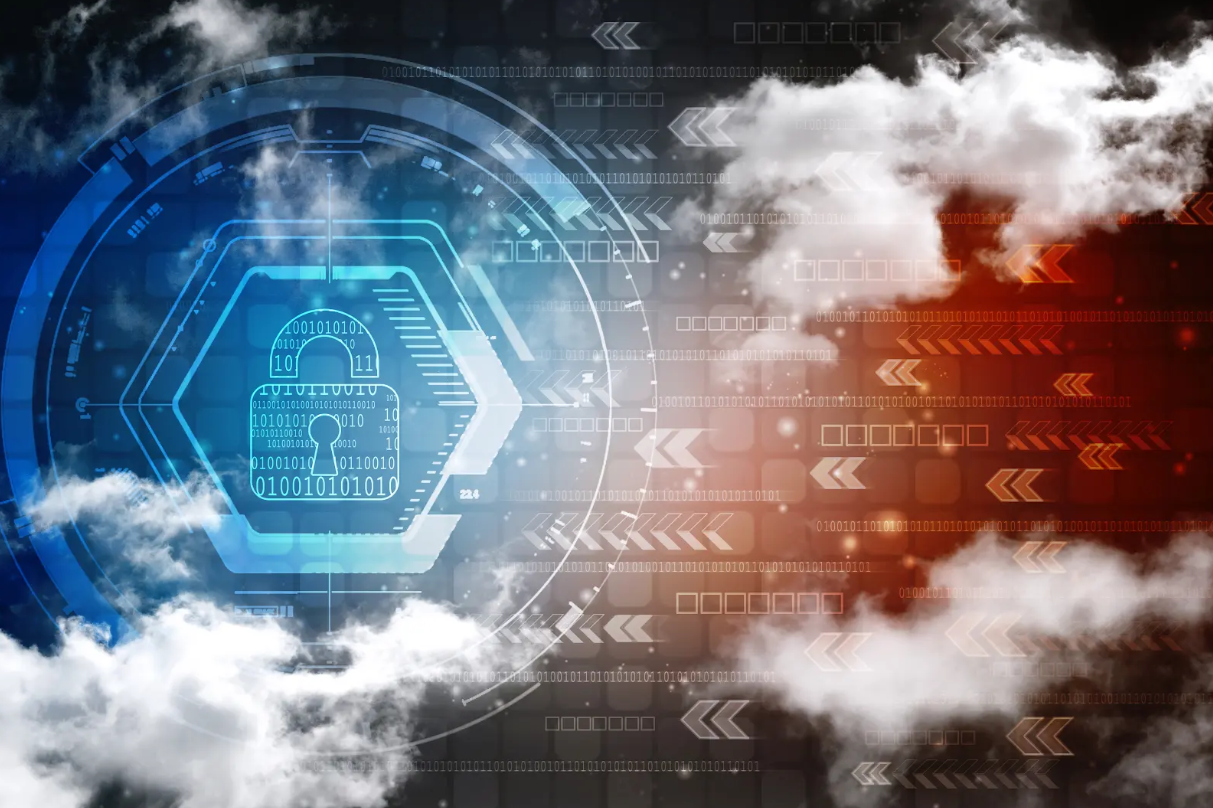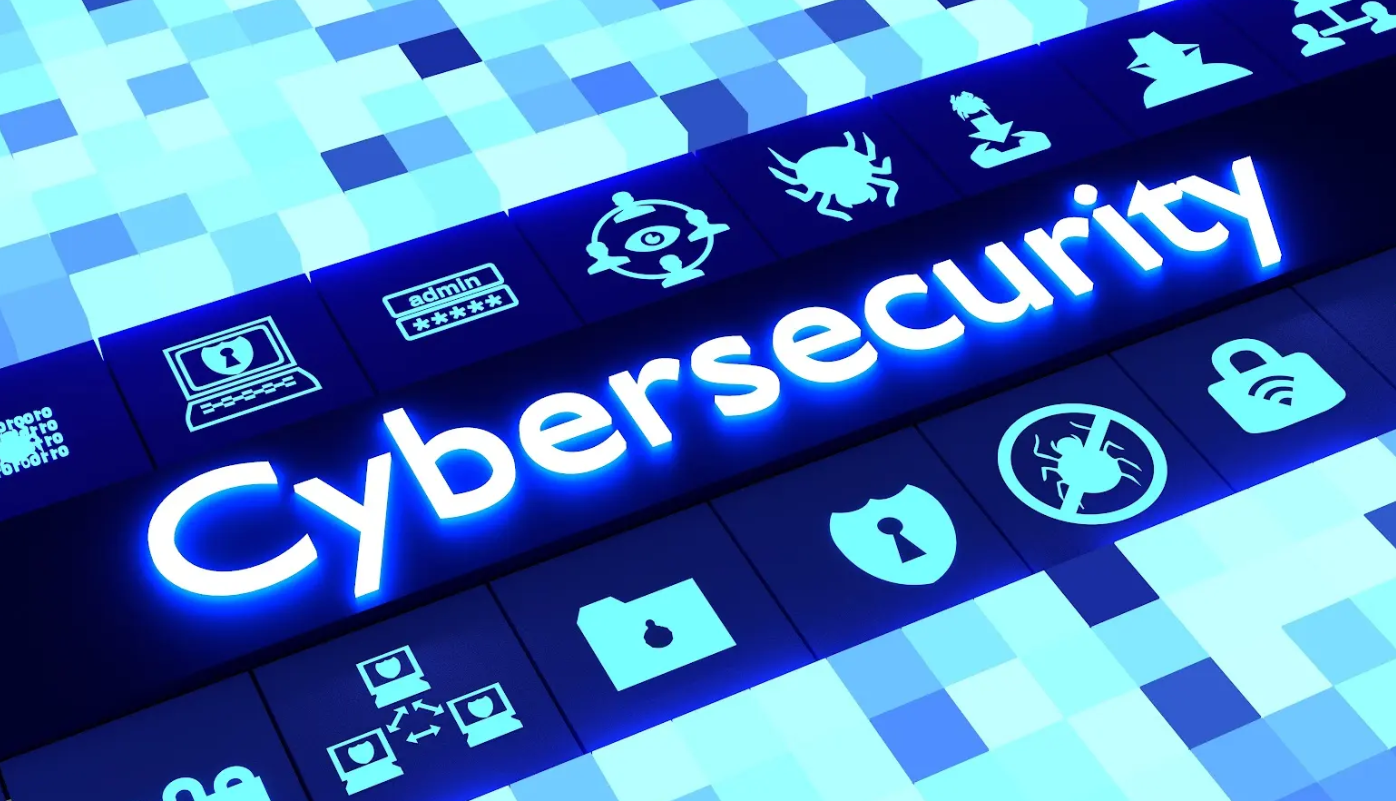In 2010, cybersecurity meant installing antivirus software and setting up a firewall. Most threats were simple. Most attacks were easy to spot.
By 2020, things had changed. Cyberattacks were faster, smarter, and harder to trace. Businesses started using cloud security tools, multi-factor authentication, and real-time monitoring just to keep up.
Now it’s 2025. AI is not just part of the system—it’s starting to run the system. It detects threats, responds to incidents, and makes decisions in milliseconds. The role of the human expert is changing.
And so the question isn’t whether AI belongs in cybersecurity. That’s already been answered.
The real question is: Will AI replace the need for human cybersecurity experts altogether?
To answer that, we need to look at what AI can actually do and where it still falls short.
Skip to What You Need to Know

What AI Is Already Doing in Cybersecurity
What is Cybersecurity, Really?
In simple terms, cybersecurity is the practice of protecting systems, networks, and data from digital attacks.
It covers everything from stopping malware to securing cloud infrastructure.
The goal? Keep information safe, systems running, and threats out.
AI has moved beyond theory in cybersecurity. It’s now powering real-time defense in businesses around the world.
Here’s how it’s being used today:
1. Real-Time Threat Detection
AI helps detect suspicious activity the moment it happens—before damage is done.
How it’s used:
AI systems scan vast amounts of network traffic, looking for patterns that suggest a breach. They flag anomalies in login behavior, data access, or file movement that could indicate an attack.
Real-world use:
IBM’s QRadar SIEM uses AI and behavioral analytics to detect potential threats across complex enterprise systems.
2. Automated Incident Response
AI isn’t just detecting threats—it’s taking immediate action.
How it’s used:
When a threat is detected, AI can trigger predefined responses instantly. This includes isolating devices, blocking malicious traffic, and alerting teams—without waiting for manual input.
Real-world use:
Palo Alto Networks’ Cortex XSOAR automates incident response workflows, helping security teams contain threats in seconds instead of hours.
3. Phishing and Malware Detection
AI identifies malicious content faster—and often more accurately—than humans.
How it’s used:
By analysing behavior, language patterns, and metadata across billions of messages, AI can spot phishing attempts—even those users might not recognise. These models are trained to detect both known and evolving threats.
Real-world use:
In 2025, Google announced new AI-powered features on Android that proactively detect phishing links in messages and scam calls in real time—before users tap or respond.
4. Endpoint and Cloud Monitoring
AI brings visibility to every device, user, and cloud service in the ecosystem.
How it’s used:
Whether a team works from laptops, mobile devices, or third-party apps, AI monitors behavior across endpoints and cloud environments to detect threats—especially in hybrid setups.
Real-world use:
CrowdStrike Falcon Insight continuously tracks endpoints using AI-driven analysis, detecting breaches faster and improving incident response.
5. Predictive Threat Modeling
AI doesn’t just react to threats—it anticipates them.
How it’s used:
By mapping attacker behaviors and analyzing previous incidents, AI can simulate how future attacks might unfold. This allows teams to proactively strengthen defenses before a breach happens.
Real-world use:
Recorded Future applies threat intelligence and MITRE ATT&CK frameworks to predict attack paths and help teams respond before incidents escalate.

Where AI Falls Short
AI is powerful and downright impressive. But it isn’t infallible.
While it has changed the way we detect and respond to threats, it’s not a silver bullet. There are still critical gaps where human expertise remains essential.
1. False Positives—and False Negatives
AI doesn’t always get it right.
What happens:
AI can mistakenly flag legitimate activity as malicious (false positive) or miss a real threat entirely (false negative). Either case slows down response or creates blind spots.
Why it matters:
Security teams often spend hours chasing down false alerts, which leads to alert fatigue—and overlooked threats. Even the best AI needs human review and context.
2. Lack of Contextual Understanding
AI can analyse data—but it doesn’t always understand it.
What happens:
AI may detect an unusual login, but it won’t know that the login came from a trusted partner working abroad. It lacks the business or situational awareness that humans bring.
Why it matters:
Decisions based solely on data patterns can lead to bad calls—like locking out a user during a critical deployment or blocking an IP that belongs to a key vendor.
3. Vulnerability to Adversarial Attacks
Attackers are now targeting the AI itself.
What happens:
Cybercriminals are developing adversarial AI—designed to confuse or mislead security systems. Slight manipulations in input can cause AI to misclassify threats.
Why it matters:
If attackers learn how an AI model works, they can exploit its weaknesses to bypass detection.
4. No Ethical or Legal Judgment
AI doesn’t understand compliance, privacy, or reputational risk.
What happens:
An AI system might choose the fastest or most aggressive response—like wiping out data or shutting down an entire region—without understanding the consequences.
Why it matters:
Security decisions often require judgment, empathy, and nuance. These are things no AI model can replicate.
5. AI Still Needs Human Input
The system doesn’t run itself.
What happens:
AI models require training, tuning, and continuous oversight. Without human input, AI can become outdated—or worse, biased and ineffective.
Why it matters:
Cybersecurity threats evolve fast. Humans are needed to fine-tune the models, update rules, and ensure AI decisions stay aligned with business goals.
How Human Roles Are Changing
Let’s make one thing clear: Cybersecurity jobs aren’t disappearing. But they are shifting.
AI is taking over what it does best: speed, volume, and pattern recognition.
That leaves humans to do what they do best: judgment, interpretation, and decision-making.
So, this shift isn’t just theoretical—it’s already happening inside security teams.
The way we see it, here’s how roles are evolving in practice:
1. From Doing to Deciding
Many of the repetitive tasks security teams used to handle are now automated. Instead of digging through endless alerts, humans are stepping into higher-level decision-making.
Old role: Monitor dashboards for anomalies
New role: Validate critical alerts and make high-impact decisions
This means analysts spend less time reacting. . .and more time thinking.
2. From Routine to Strategic
As AI takes care of real-time responses, human attention is shifting to the bigger picture. Threat modeling, proactive planning, and prevention are taking center stage.
Old role: React to threats as they come
New role: Design smarter defenses before the threat happens
The work is no longer just about responding—it’s about preparing.
3. From Operators to Supervisors
AI doesn’t run on autopilot. It still needs to be trained, adjusted, and guided. That responsibility falls on people who understand both the technology and the risks.
Old role: Configure tools manually
New role: Guide and govern the tools that learn
As AI systems evolve, so does the need for human oversight.
4. From Behind-the-Scenes to Frontline Communicators
Security teams are no longer tucked away in server rooms. They’re at the table with leadership, advising on business risk, compliance, and strategy.
Old role: Solve problems quietly in the background
New role: Help the organisation understand and manage risk
Good cybersecurity is no longer just technical—it’s business-critical.
Together, these shifts mark a new phase in cybersecurity—one where AI handles the volume, but people stay at the core. Not as operators. But as interpreters, strategists, and decision-makers.
What a Human–AI Hybrid Model Looks Like
The most effective cybersecurity setups today aren’t fully automated—and they aren’t fully manual either. They’re built on the strengths of both AI and human expertise, working in sync.
Here’s what that partnership looks like in practice:
AI Handles the Volume
AI filters through millions of events per second. It detects patterns, flags anomalies, and triggers automated actions when needed. This gives humans a cleaner, more focused signal to work from.
Without AI: Security teams drown in alerts.
With AI: Teams only see what matters most.
Humans Make the Calls That Matter
When AI flags a potential threat, a human decides what to do next. Is it an actual attack? A false alarm? Something that could escalate? These aren’t binary decisions. They require context.
AI provides signals.
Humans apply judgment.
AI Accelerates Response
AI can block a suspicious IP or isolate a device in real time—buying the team time. Meanwhile, humans investigate deeper: who’s behind the attack, what systems are affected, and what else could be at risk.
AI contains the threat.
Humans trace its source and impact.
Humans Train the System to Get Smarter
Every system has blind spots. It’s the security team’s job to tune AI models, feed them better data, and adjust thresholds based on changing threats.
Without human input, AI stalls.
With it, AI adapts.
Decision-Making Stays Human
In high-stakes situations—like ransomware on core infrastructure or a breach involving personal data—AI can’t make the final call. The risks aren’t just technical. They’re legal, reputational, even ethical.
That’s where human leadership takes over.
Will Cybersecurity Be Replaced by AI? Here’s the Verdict
Short answer: no.
But the long answer is far more interesting.
AI is already transforming cybersecurity. It detects threats faster, responds quicker, and scales in ways humans never could. In many areas, it outperforms traditional tools—and even seasoned professionals.
But AI isn’t independent. It still needs people to guide it, correct it, and make the tough calls. Security isn’t just about identifying threats—it’s about knowing what’s worth protecting, understanding the ripple effects of every decision, and navigating gray areas where technology alone isn’t enough.
In truth, cybersecurity isn’t being replaced by AI.
It’s being reshaped by it.
The jobs aren’t going away. They’re evolving—into roles that are more strategic, more cross-functional, and more dependent on collaboration between human insight and machine intelligence.
Just like autopilot didn’t replace pilots, AI won’t eliminate cybersecurity teams. But it will change what they do, how they do it, and the value they bring to the table.
The future of cybersecurity won’t be human or AI.
It will be human with AI.
Business Takeaway: Prepare for a Human+AI Security Future
Cybersecurity isn’t becoming less important—it’s becoming more complex. As threats evolve and automation becomes standard, organisations need to rethink how their teams and technologies work together.
If you’re still relying on manual detection, slow response times, or fragmented tools, you’re already behind. The companies that will thrive in the next decade aren’t the ones with the biggest security teams—they’re the ones building smarter systems and empowering their people to lead them.
This isn’t about choosing between humans or machines. It’s about designing systems where both excel.
Talk to Webpuppies About AI-First Security Strategy
We help businesses move from reactive to resilient with AI-powered cybersecurity solutions tailored for your environment. Whether you’re starting with automation or ready to scale an existing setup, our team can guide your next move.

